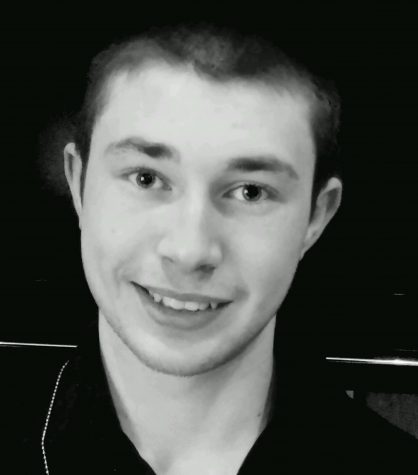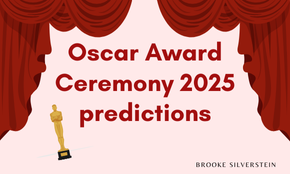“The Anxiety Toolkit” and You
The Red & Black’s Editor in Chief reviews a helpful book for students dealing with academic-related anxiety.
More from A&E

Photo by Creative Commons
The Anxiety Toolkit by Alice Boyes.
I would like to pose a question to all you: do any of these events sound familiar? Walking down the hall, seeing your crush and you feel your heart racing while your mind is thinking of what to say? For others, that big test is just a few days away, and despite avid preparation, you can’t seem to relax? That my friends is anxiety: something all of us have in common, and one of the greatest challenges people have overcoming. Luckily, while it is not curable and can even be beneficial at times, there are ways to control it. For any of you out there who either have an interest in how anxiety works or want to find ways to manage it, well I have found the book for you: The Anxiety Toolkit, by Dr. Alice Boyes.
Before I continue, I feel I should quickly mention that in order to fully embrace the book you must keep an open mind: you cannot go into the novel with a cynical and pessimistic view and expect it to alleviate your anxiety magically. With that being said, the book itself is broken down into three broad categories: understanding the psychology of anxiety, the tips and tricks to help you overcome it, and a section to help you gain the confidence to use the tools successfully. As a psychologist’s, the first part of the book will mainly explain to you in a very simplistic and understandable format how and why anxiety differs from person to person. Moreover, Boyes will use many of her examples, along with practical scenarios for the reader to better comprehend the points she is emphasizing. However, what this section does better than most books of this structure is her sympathetic and comforting tone that she displays throughout the text; the novel is not meant to simply tell you step by step what you are supposed to do, rather, it makes you feel like you and Boyes will be going on this journey together, with her guidance. In addition, harkening back to the point of everyone being different, all throughout the book Boyes sprinkled little mini-quizzes that are meant to be answered to see where you fall in the pitfalls of anxiety and what you should focus on in those respective chapters.
From here, the book focuses mainly on all of the different techniques and how to practically apply them to your everyday life. While I cannot go into all the semantics what I will say is the tips and tricks share a common theme of being able to retrain your brain of sorts: essentially, you will try and assess the situation, try and remember the suggested tip for the scenario and talk your brain into using it. This process is known as Cognitive Behavioral Therapy- the number one psychoanalytic cure for chronic anxiety and or high-stress levels. Once more, I will not sit here and explain CBT in-depth as Boyes does a much better job than I would be able to, but the process is scientifically proven by the APA- American Psychological Association- to be an effective treatment. Thus, I would highly consider trusting her tips. Finally, in chapter three, Boyes primary goal here is to help you realize that this isn’t impossible or improbable, but that you can do this. This section too comes across as endearing and as if she actually wants to help you succeed, and while all this may sound far-fetched, I did tell you that an open-mind is needed for this.
Anxiety and stress are not easy to cope with for many of us: yet at the same time, many of us have not tried to find ways to relieve it as best as we can. The book is no magic medicine, it may not work for everyone-as she even states this in the book- but the practicality and soft tone it uses to help guide you along makes it worth the read even if you may be hesitant. All-in-all, with the school year just starting and many of us feeling the pressure why not give the book a go and see if it has any impact on you.

Grade 12
“Always dream and shoot higher than you know you can do. Don’t
bother just to be better than your contemporaries or predecessors. Try
to...


